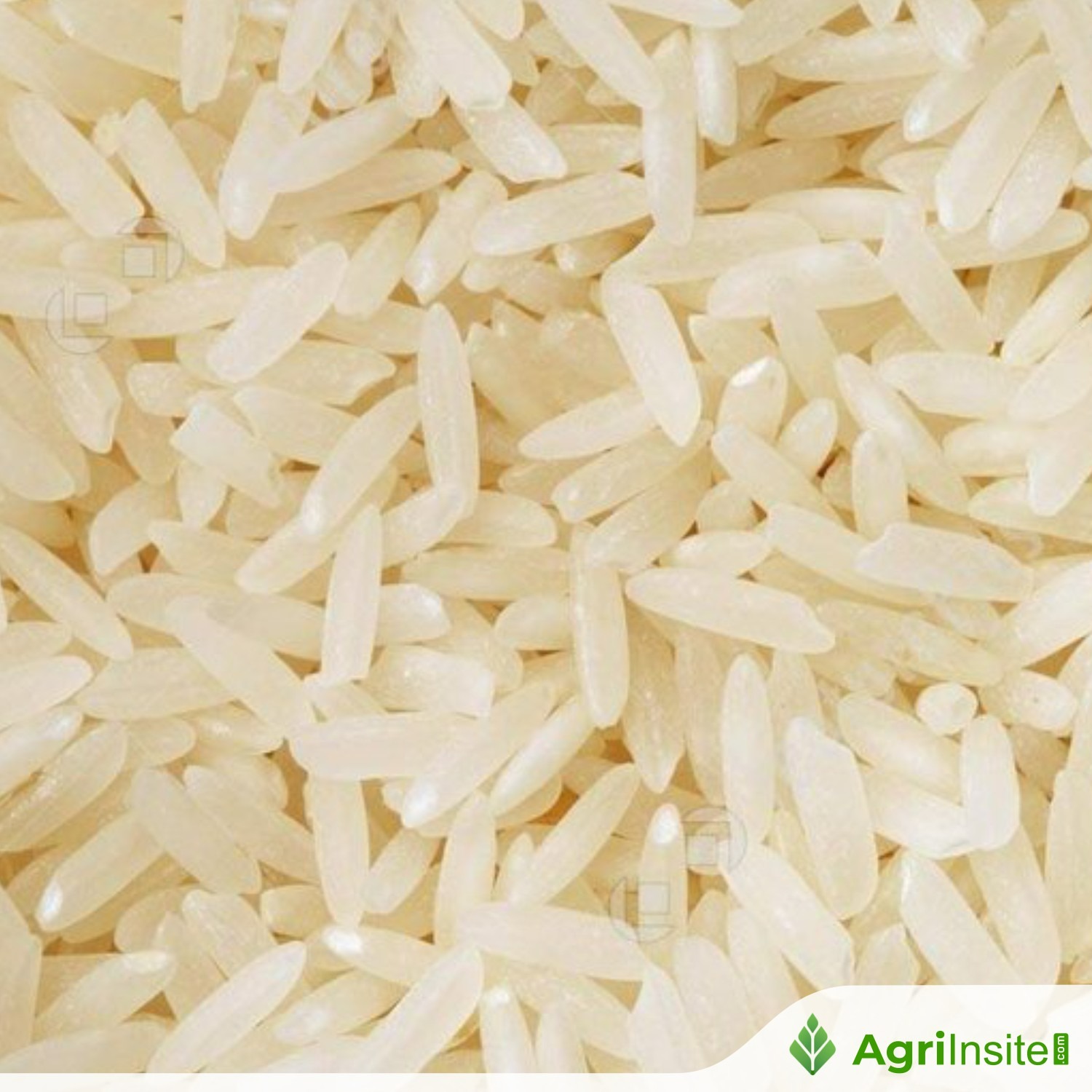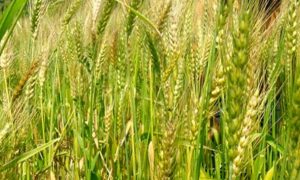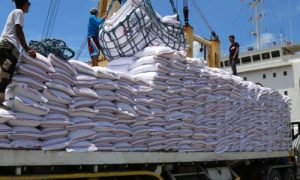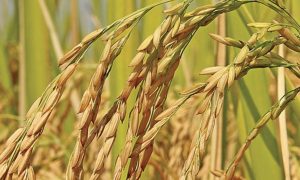Rice and corn prices drop in North Korea

Grain prices in North Korea have dropped in May after weeks of increases, driven by spring farming mobilizations and rising food imports. Rice in Pyongyang fell 5.3% to 9,000 won/kg, while corn dropped 16.3% to 3,600 won/kg. Experts warn the decline may be temporary, as imports alone can’t meet the country’s food demand.
Grain prices across North Korean markets have recently declined following weeks of steady increases. The drop coincides with increased cross-border imports and the beginning of spring farming mobilizations, which have reduced market demand due to partial food ration distributions.
According to Daily NK’s regular market survey, rice in Pyongyang cost 9,000 North Korean won per kilogram on May 10—a 5.3% decrease from the April 27 price of 9,500 won.
Similar price drops occurred in other regions. In Sinuiju (North Pyongan province) and Hyesan (Ryanggang province), rice prices fell to 9,100 and 9,200 won per kilogram respectively, representing decreases of 4.9% and 5.2% since the previous survey.
Rice prices had climbed above 9,500 won per kilogram in late April, with Hyesan reaching 9,700 won—the highest since North Korea’s 2009 currency reform. However, this upward trend has reversed in May.
Corn prices fell even more dramatically than rice. In Pyongyang, corn dropped to 3,600 won per kilogram on May 10, a substantial 16.3% decrease from the April 27 price of 4,300 won.
Markets in other regions also saw corn prices fall by over 10%, with prices dipping below 4,000 won for the first time in two months. This marks a significant change, as corn had consistently cost over 4,000 won since mid-March.
Fall in prices reflect active government efforts
The declining grain prices appear to stem from two main factors: government agencies releasing stored grain as agricultural mobilizations begin, and recent increases in grain imports.
With rice-transplanting season underway, all workplaces—including government offices, businesses, and schools—have begun mobilizing workers for farm labor. During this period, some workplaces provide small amounts of rice and corn to workers assigned to agricultural duties. Though these distributions aren’t substantial, they seem to have helped reduce market demand for grain.
Additionally, the agricultural mobilization period typically results in shortened market hours and fewer shoppers, as many people are sent to distant farms. This reduced market activity likely contributes to lower grain prices.
A source inside North Korea told Daily NK that grain imports through border regions including Ryanggang, North Hamgyong, and North Pyongan provinces have recently surged.
“The state has instructed party agencies, enterprises of all sizes, trading companies, and other organizations to prioritize items that could normalize food distribution when importing goods using government-issued trade permits,” the source explained.
Food price drop may just temporary
However, experts caution that even with increased imports, North Korea cannot fully address its food shortages. Consequently, the current drop in grain prices may be temporary.
Cho Chung-hee, director of Good Farmers’ research institute and a North Korea agriculture expert, told Daily NK that even with expanded food imports, “meeting North Korea’s daily food requirement of 10,000 tons would be difficult.”
While food imports might temporarily affect market prices, Cho said he believes that “increased food imports and falling market prices were unlikely to continue.”
To Read more about Rice News continue reading Agriinsite.com
Source : Daily NK














